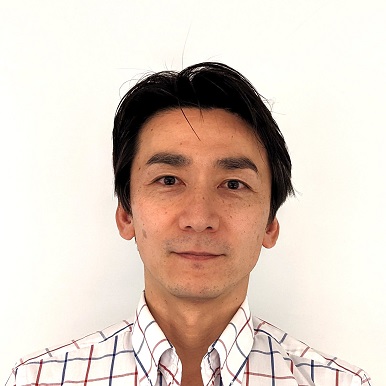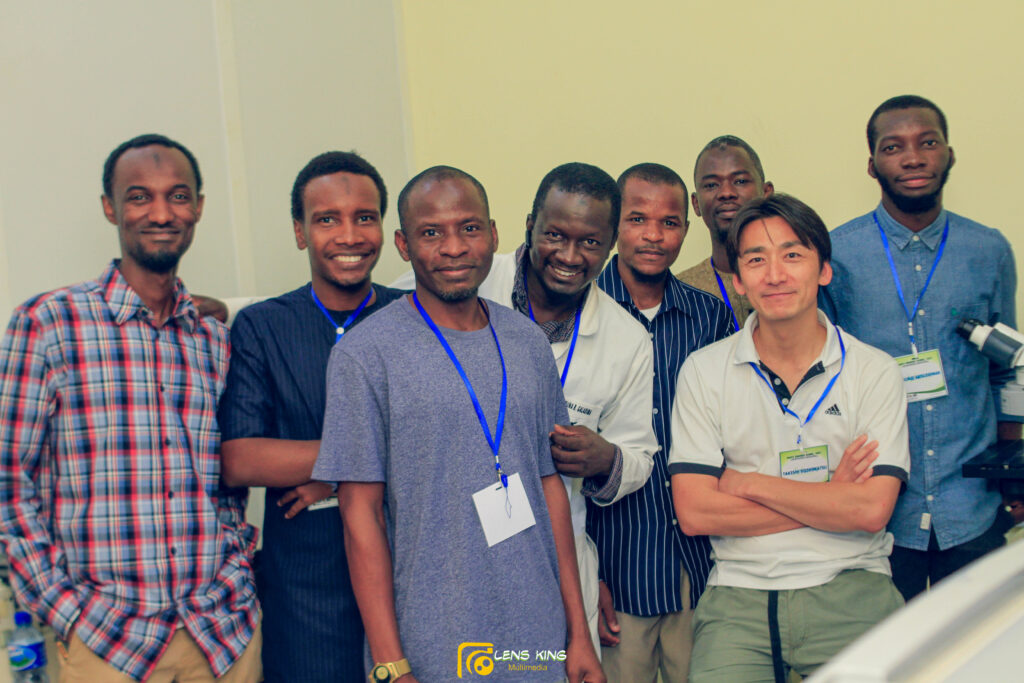

I am a new research faculty in the Department of Ophthalmology & Visual Sciences, started last November. My research aims to uncover the molecular and cellular basis of the regional specializations in the retina and understand why certain retinal diseases cause degeneration in specific regions such as age-related macular degeneration in the central eye and glaucoma in the periphery. In this small article, I would like to introduce my activity that is a little outside of my research, but I believe has important implications in our vision research and beyond.
We still live in the aftermath of the global pandemic. In a world where people travel and goods are exchanged globally, the local epidemic can easily become a pandemic and we need to be better prepared for another pandemic. One of the lessons we learned from the recent pandemic is that we cannot stop a pandemic by closing borders and developing vaccines that are mainly available to developed countries. Unless we can solve medical problems locally, these problems can easily spread globally.
One of the critical limitations for medical research in developing countries especially in Africa is access to cutting-edge research equipment. In this regard, Western Africa is lagging behind even by African standards. To overcome this, together with two postdoc colleagues and one more postdoc who joined alongside, we launched the Biomedical Science Research and Training Centre (BioRTC – www.BioRTC.com) in Yobe, Nigeria in 2019. Since then, we have obtained surplus equipment from various institutes across Europe UK, Germany, and Spain. Notable equipment we installed at the bioRTC is a confocal microscope. This is a specific type of modern microscope and one of the essential equipment in life sciences. Although confocal microscopes are common and almost every research department houses at least one confocal microscope in developed countries, there was none in of the whole Nigeria. We train African scientists at the BioRTC by running workshops (two in-person and one online every year) to teach modern techniques in neuroscience.
Alongside the teaching activities, we also run research projects as faculty members of Yobe State University. One of the unique advantages of Africa is its rich biodiversity and abundance of wild animals. My project at the BioRTC involves discovering new model animals for eye research. Currently, we are focusing on model animals for macular degeneration. The macular is a small area in the eye that is responsible for our daily vision. The degeneration of the macular is the number one cause of vision impairment in the US. To develop effective treatments and cures, animal research is essential for testing various drug targets. However, there are no experimentally amenable model animals that feature a macula. For example, mice and rats are the major model animal for vision research but they don’t have a macula. At the BioRTC, we are using a lizard species as a new model animal. This species has a highly developed macula-like structure in the eye. Using this species, we are aiming to discover how the macula is formed during development and what makes the macula vulnerable to neurodegeneration diseases.
If you are interested in contributing our research or the activity at the BioRTC, please contact me at takeshi@wustl.edu